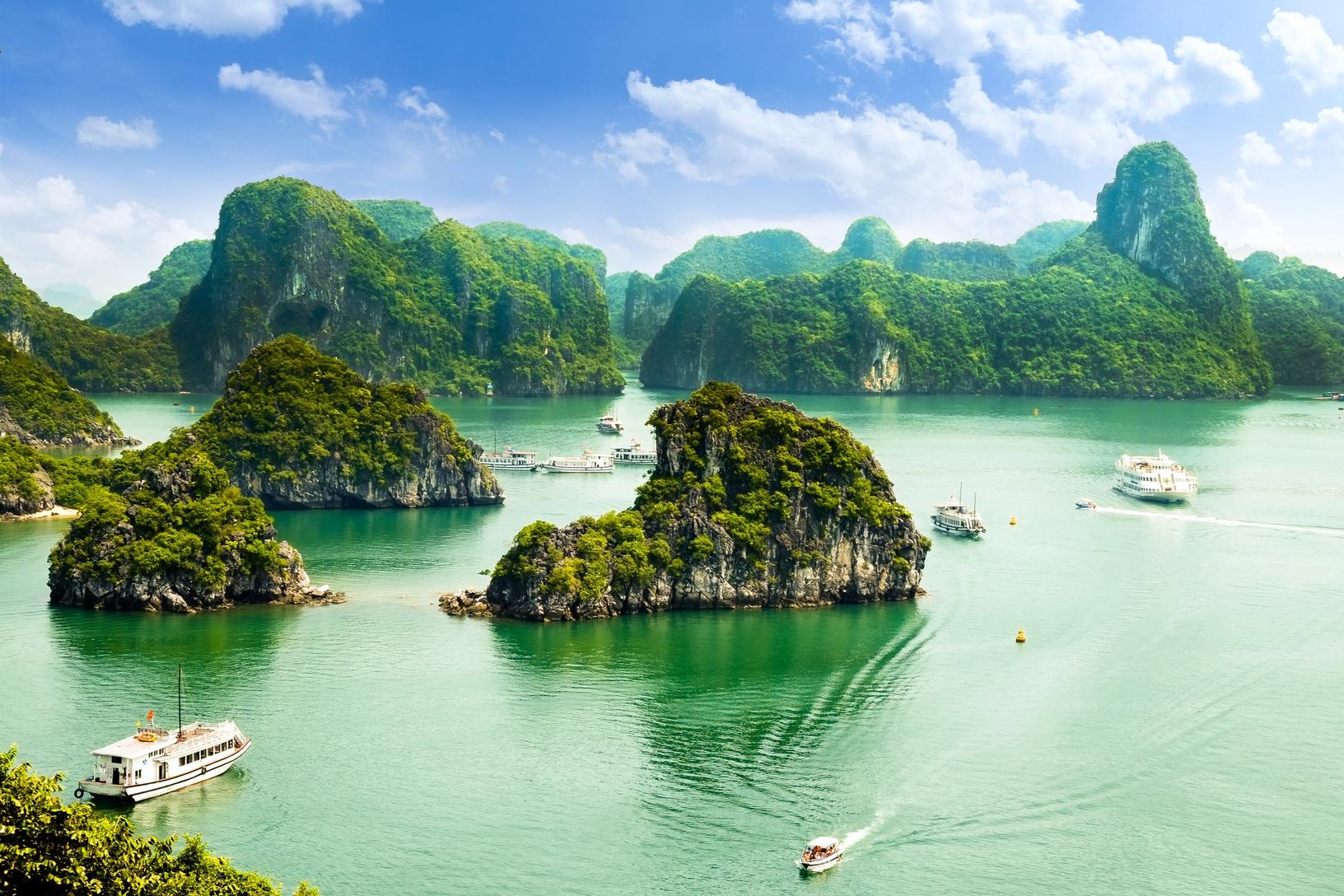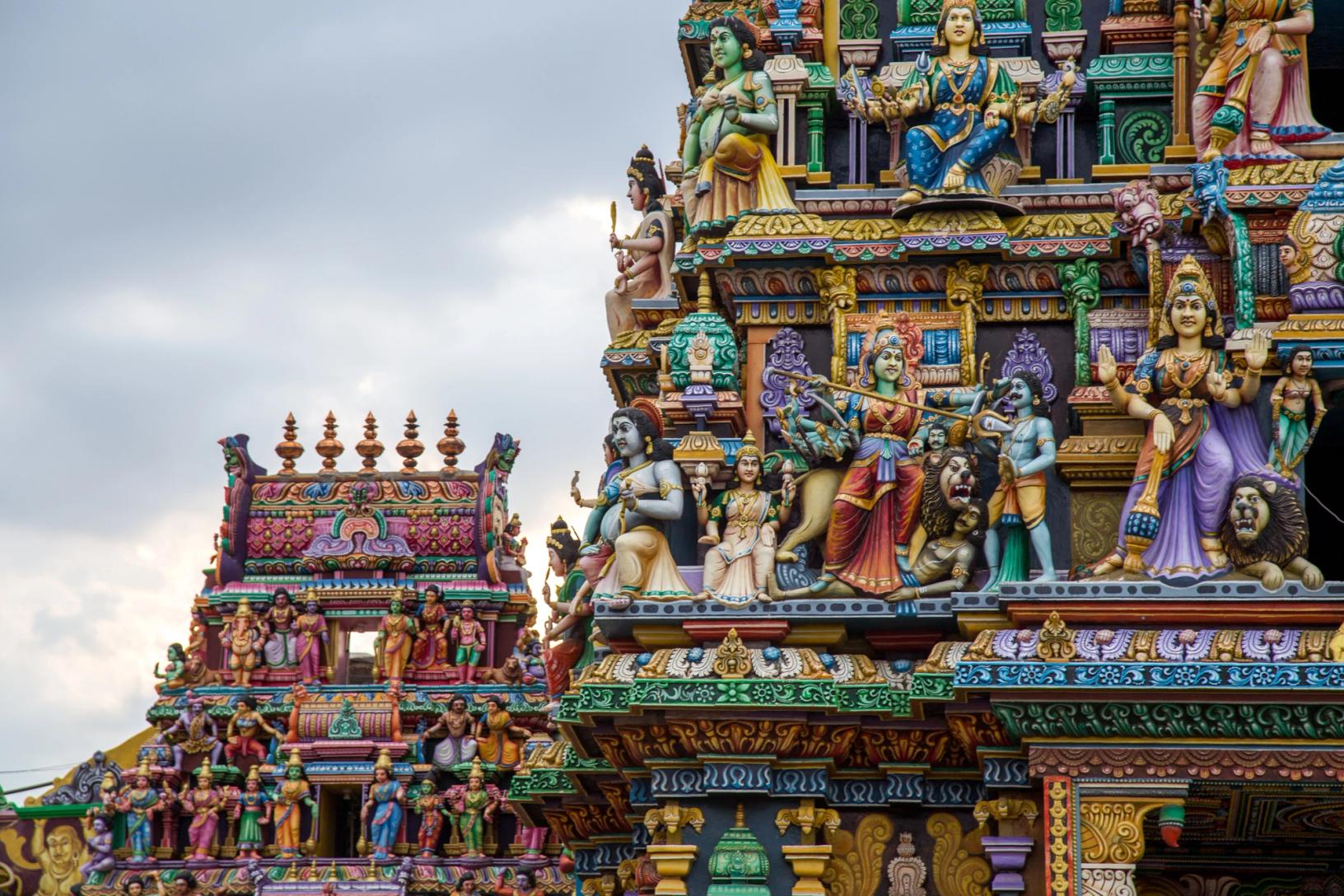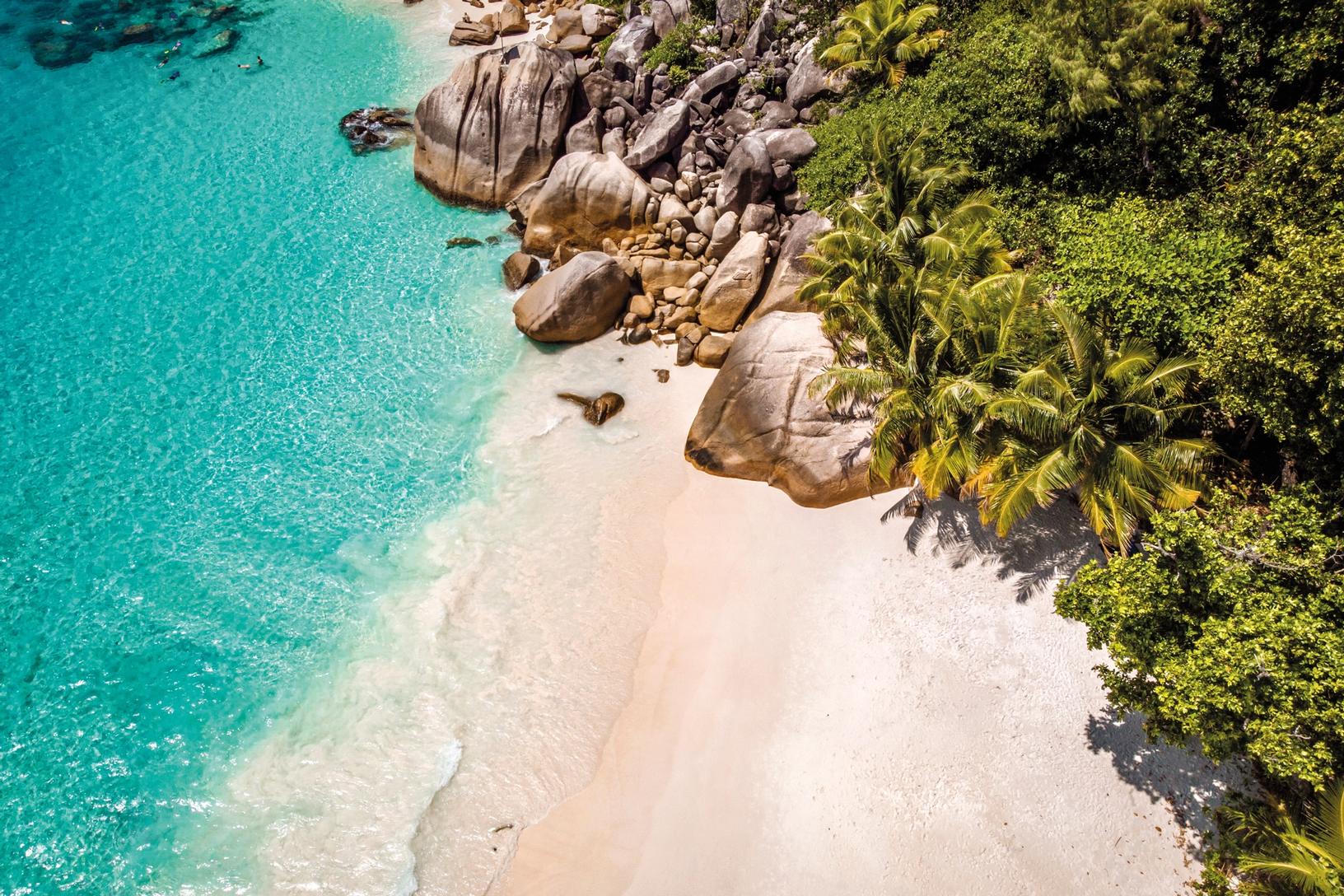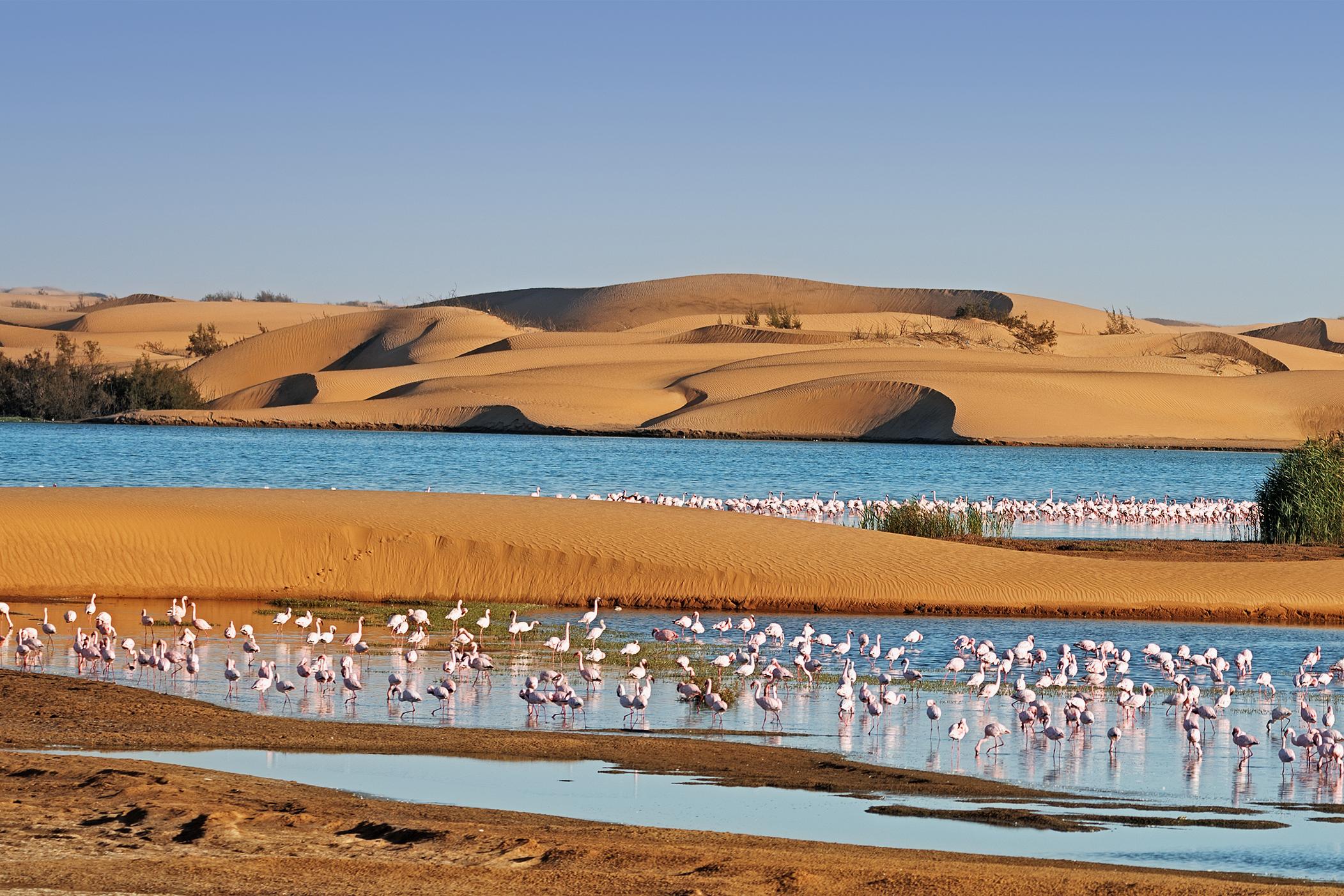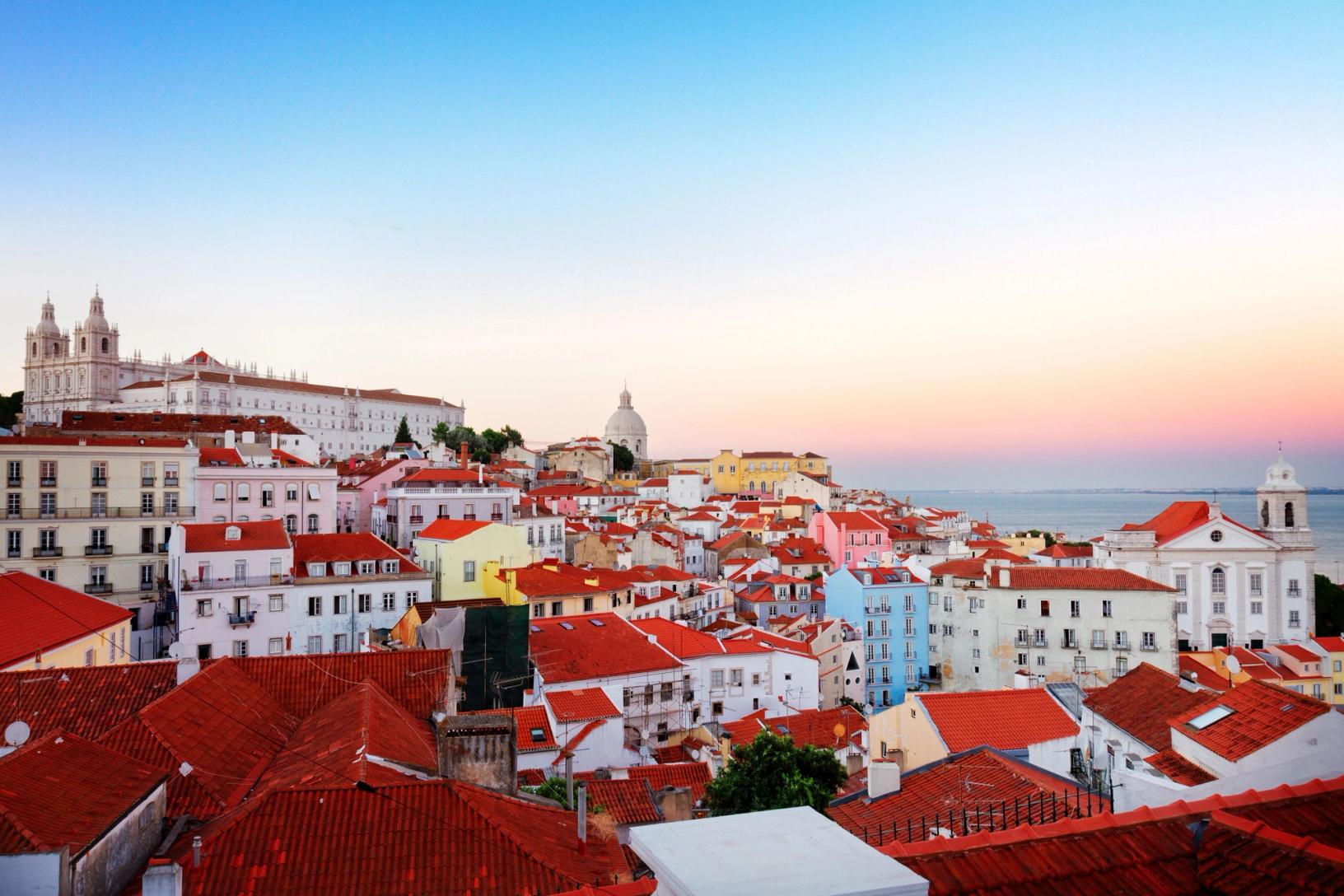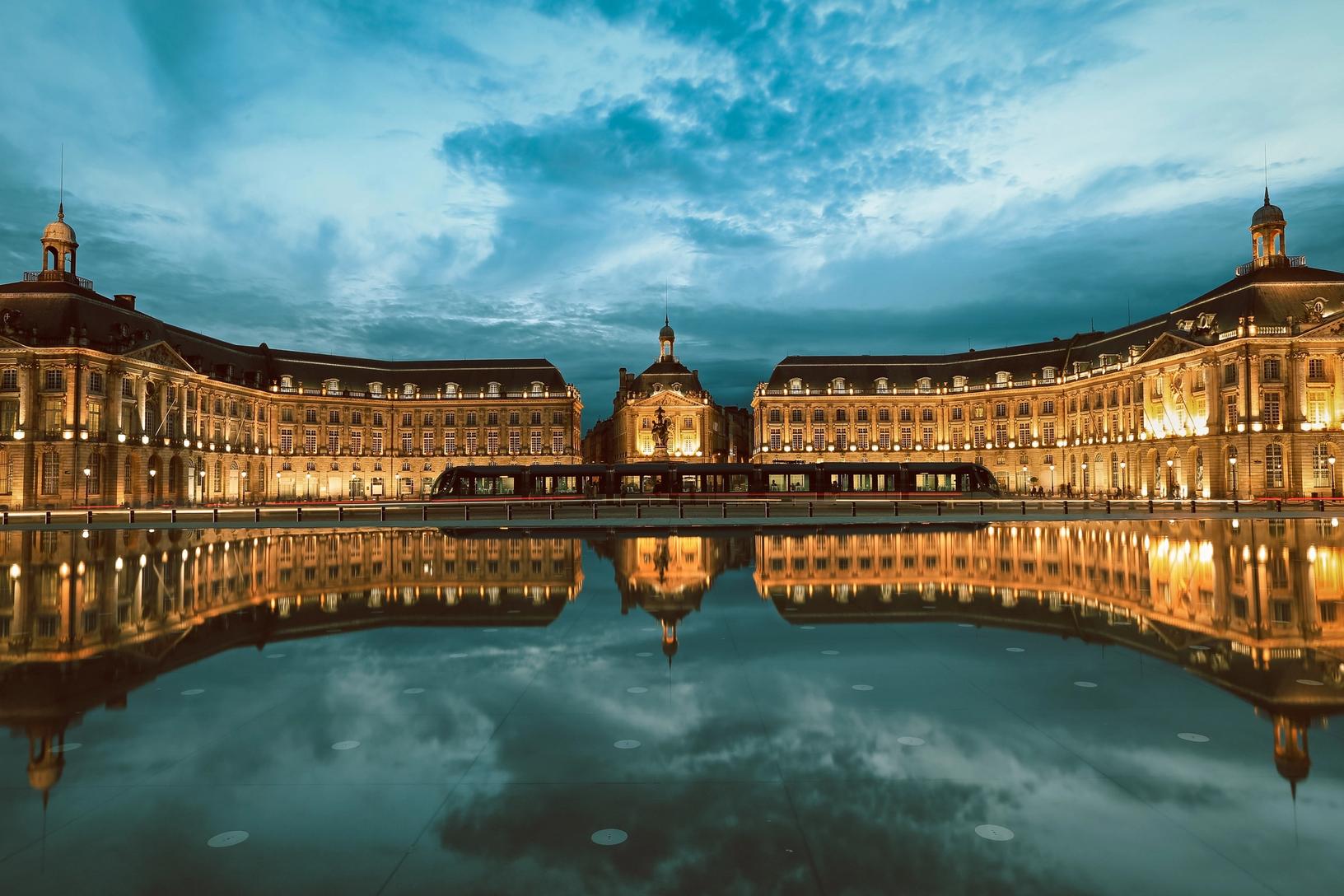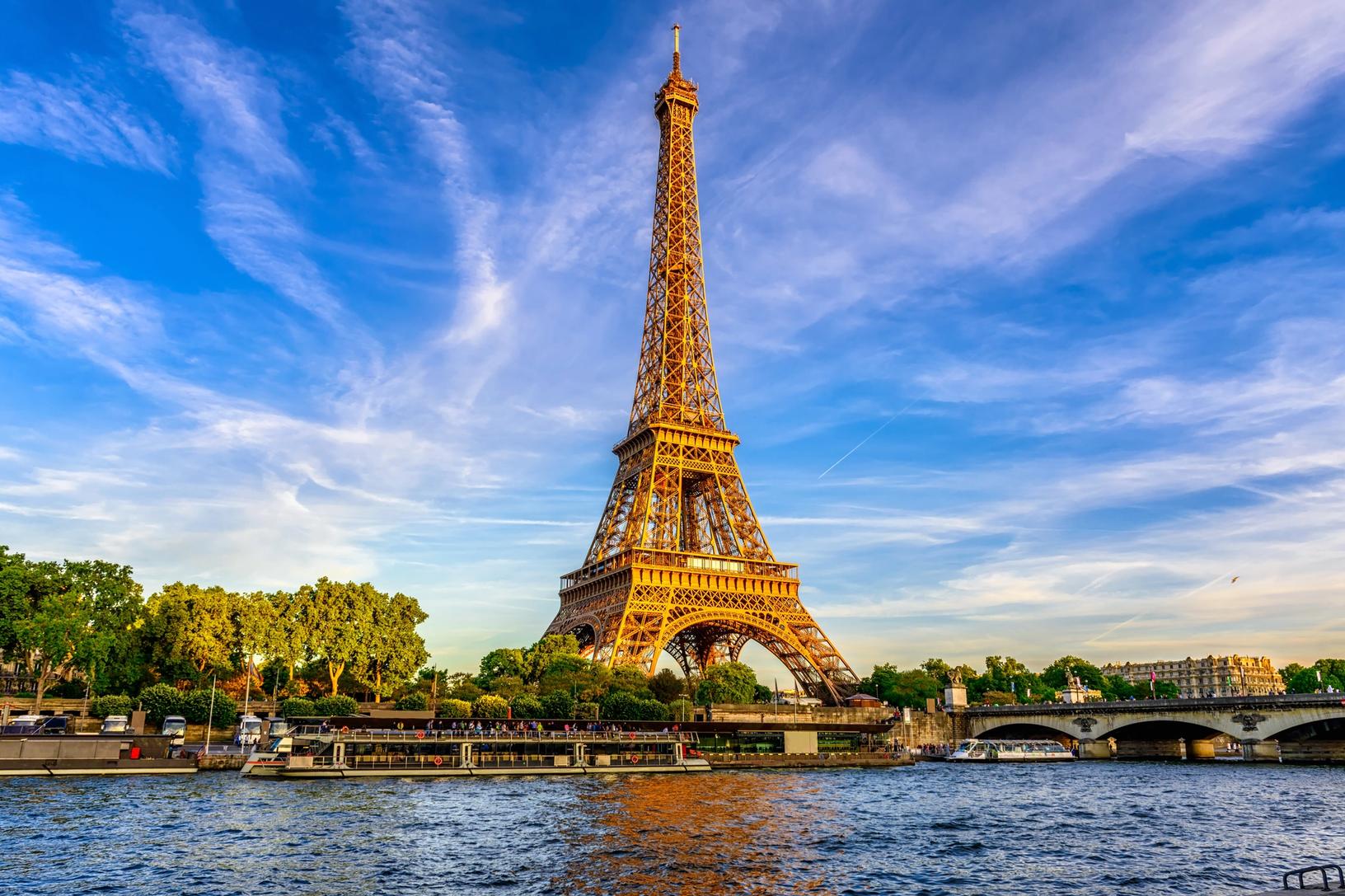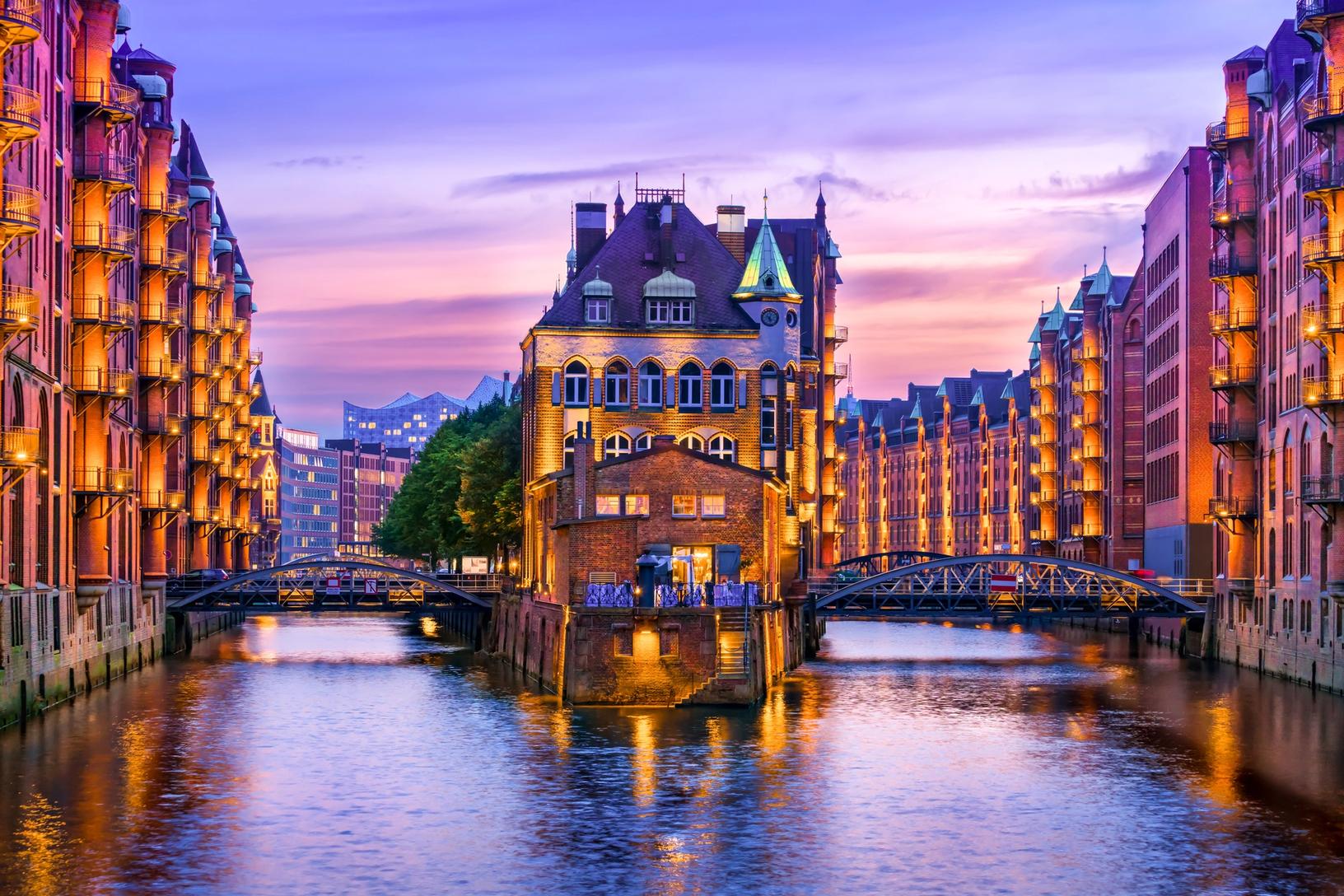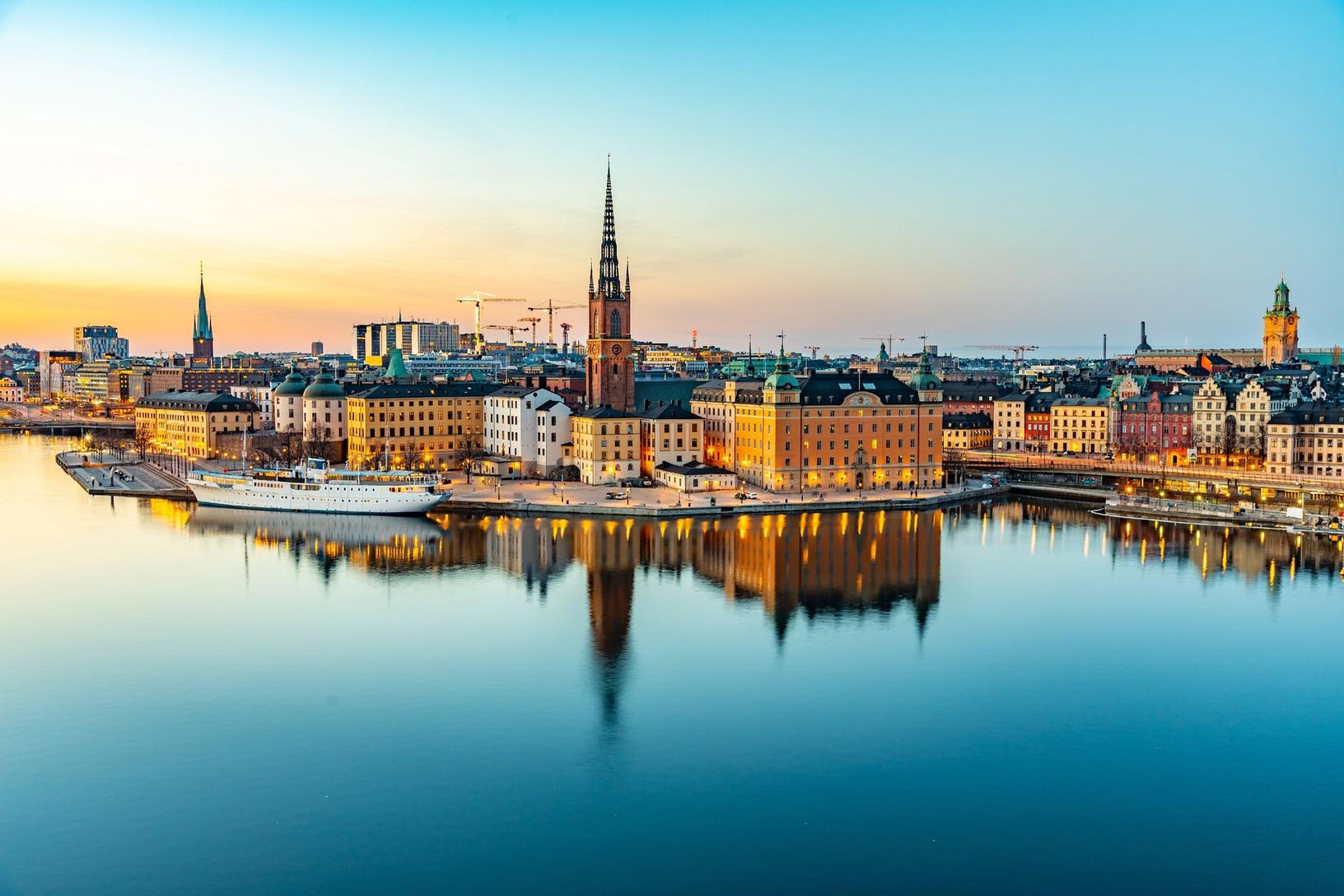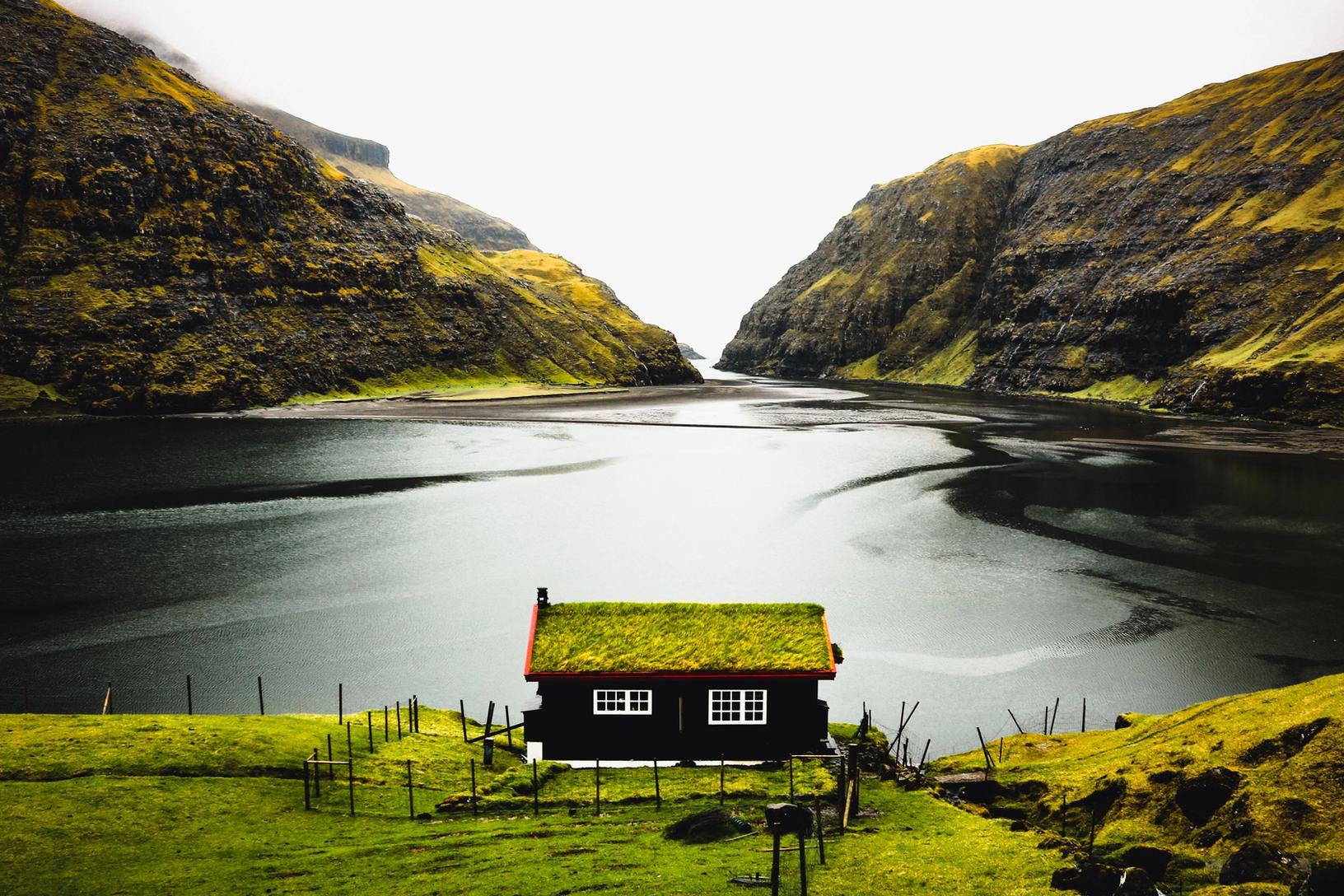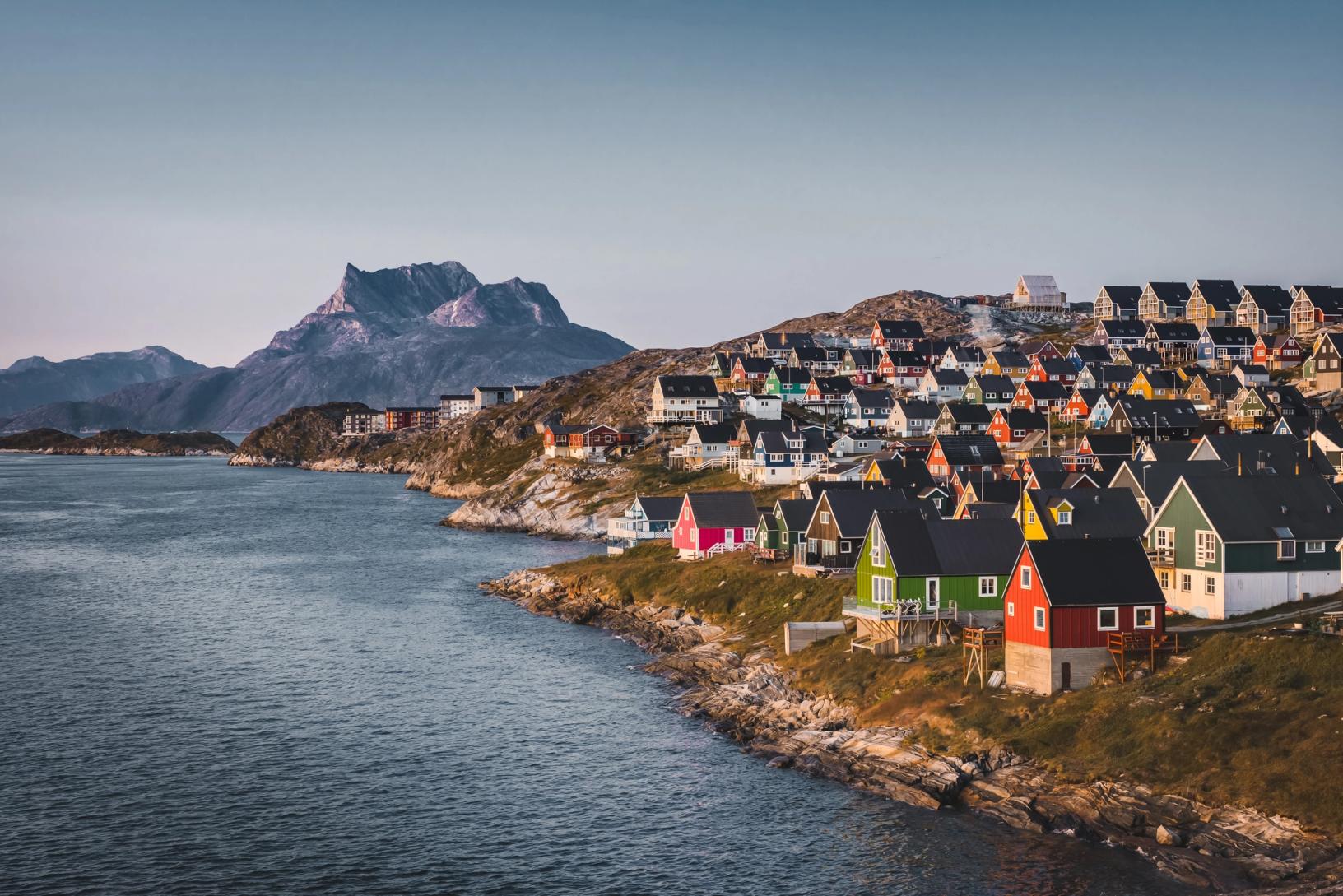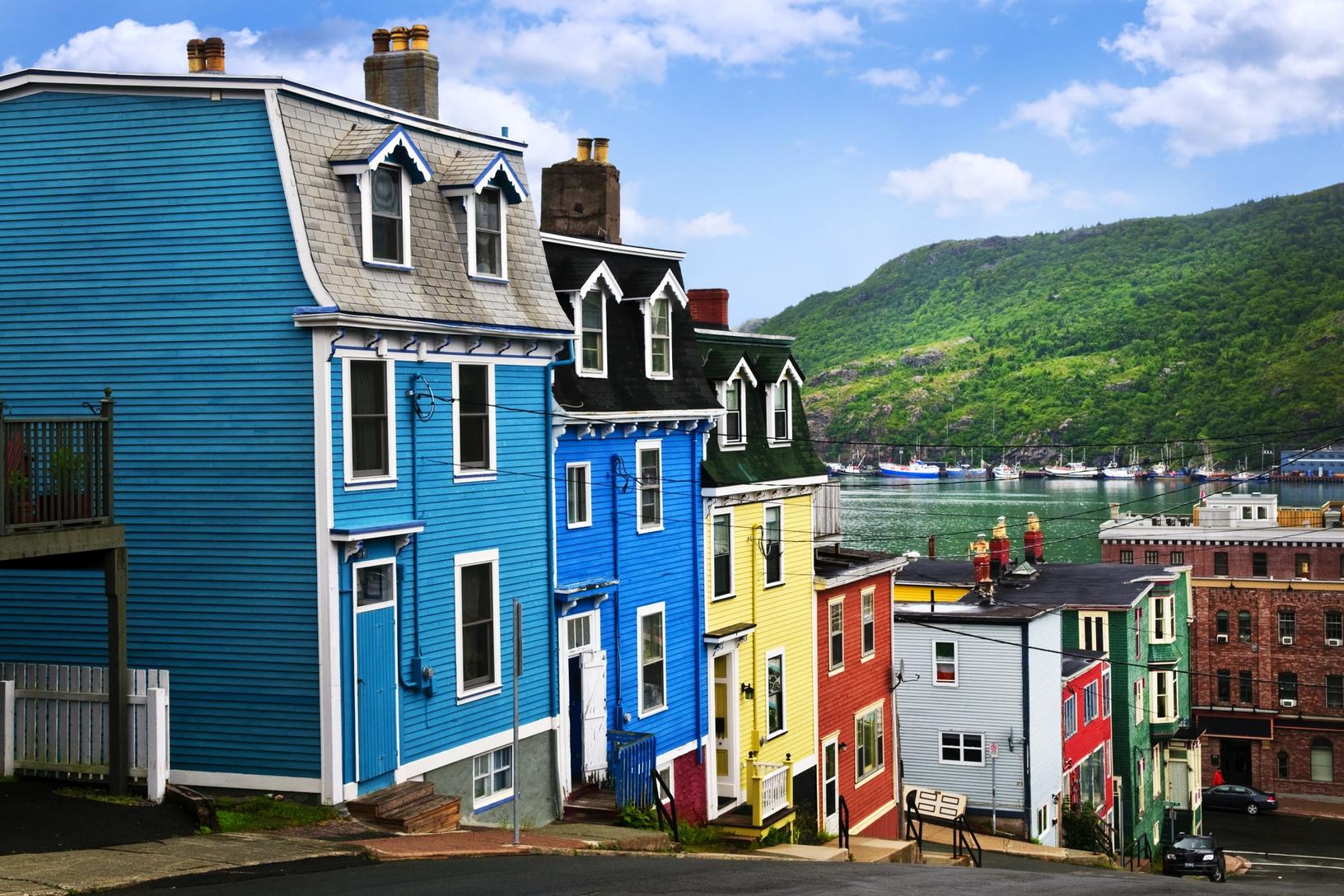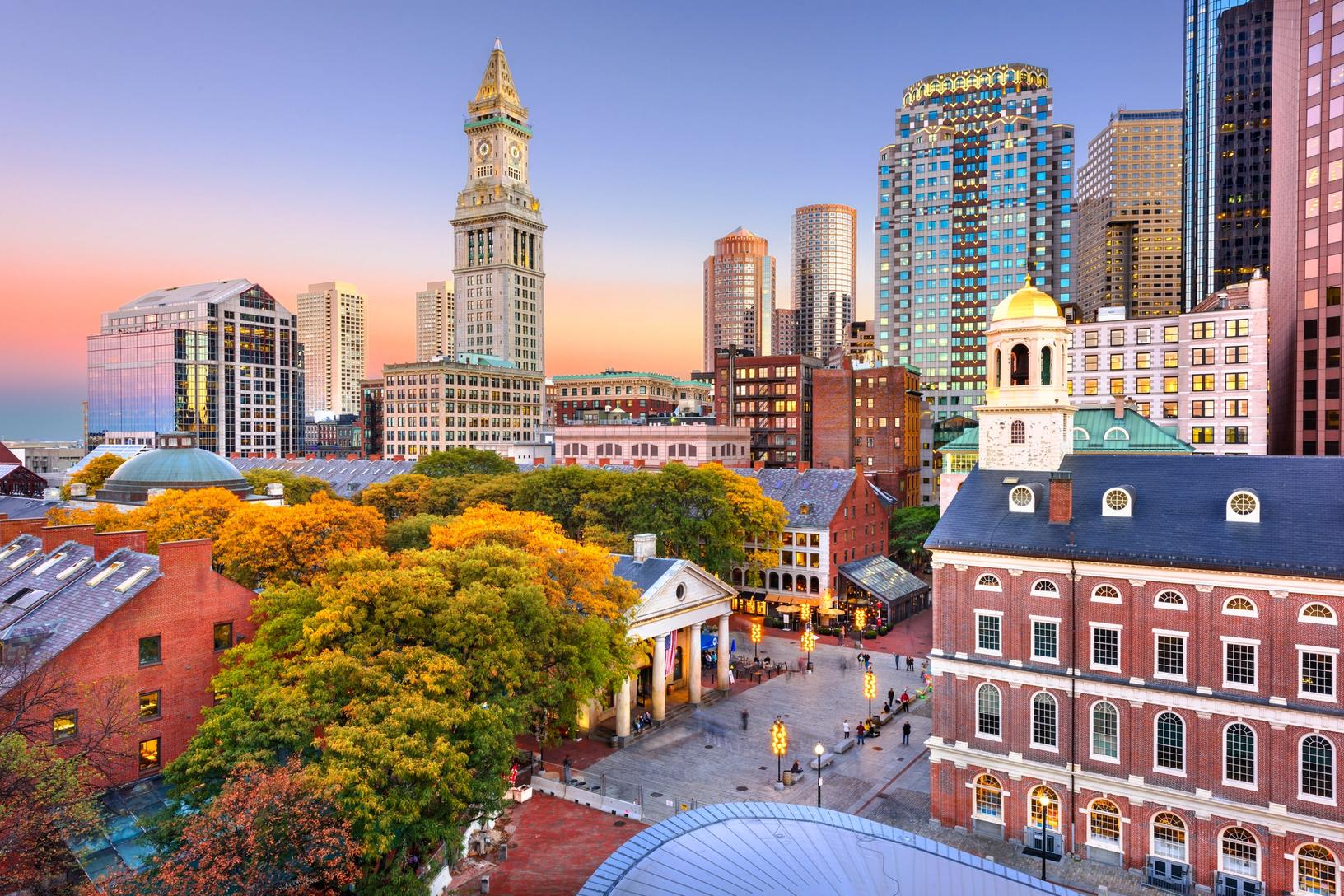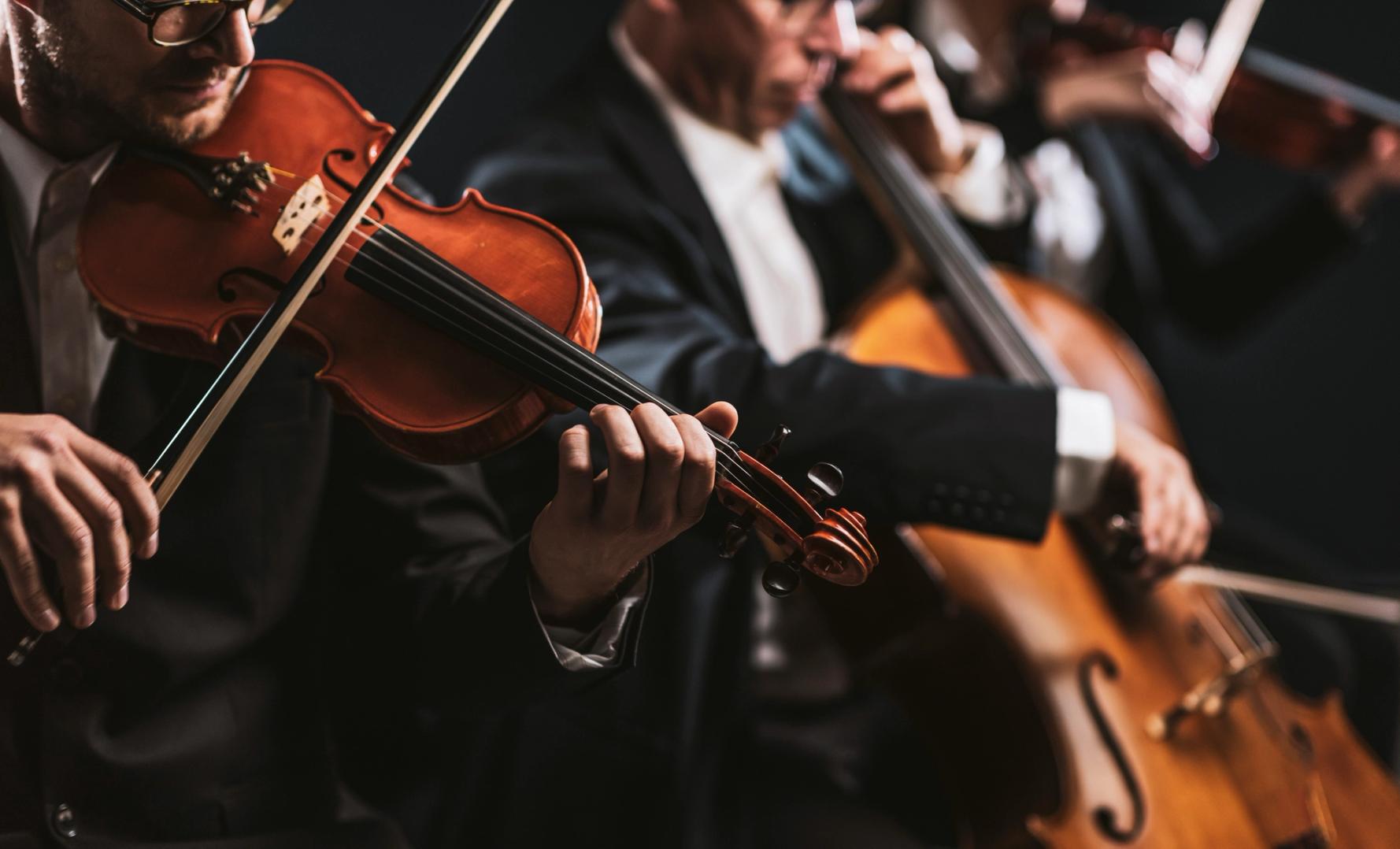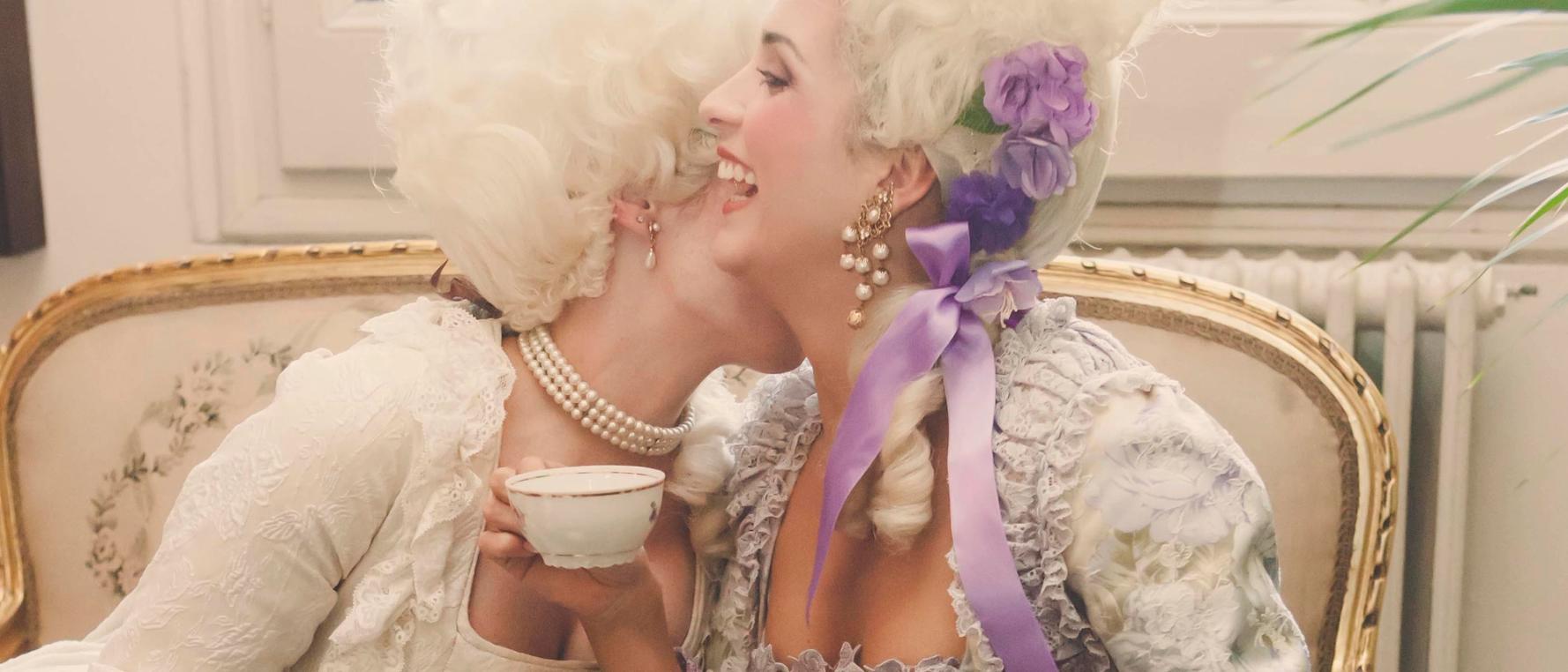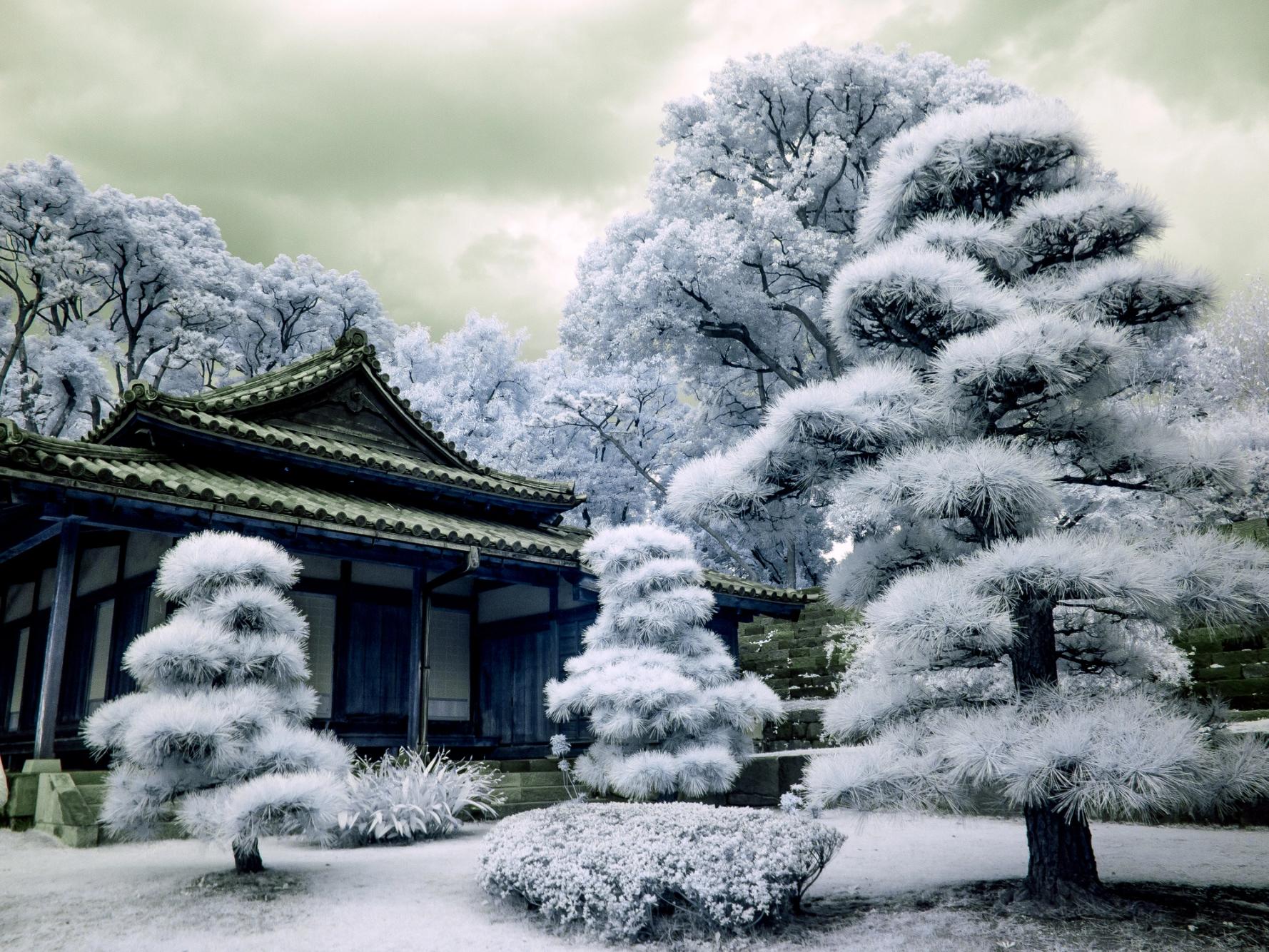
Tuesday, March 18, 2025 – Photo of the Day – Luanda, Angola

Where in the World Are We?
We ae in Luanda, Angola, in Southwest Africa.


LUANDA, ANGOLA
A study in contrasting economies
A study in contrasting economies shows that Luanda is a boisterous coastal city of haves and have-nots.
As the capital of Africa’s second-largest oil-producing country, it has been deemed the world’s most expensive city. Since independence in 2002, everyone seems to be gunning for a piece of the post-civil war economy. Its renaissance offers a range of experiences, from cushy hotels to a restaurant-lined oceanfront promenade to locals hawking handmade goods at crowded public markets.
SIGHTS
• Palacio de Ferro
• Marginal Bay
• Angola National Bank
• Museum of Anthropology
• San Miguel Fort
• Agostinho Neto Mausoleum
• Presidential Monument
• Benifica Market
• Slave Museum
• Capela da Case Grande
• Miradouro da Lua
SHOPPING AND CUISINE
A seafront promenade known as the Marginal runs alongside Luanda Bay. Nearby is the well-preserved 16th-century Fortress of São Miguel, which now contains the Museum of the Armed Forces. The fort has views of the harbor and the Ilha do Cabo, a long, thin peninsula in the bay home to beaches, bars, and restaurants.
With its rich cultural diversity and traditions, Angola offers a variety of unique souvenirs that reflect the country’s heritage and craftsmanship. Here are some of the most typical and best souvenirs from Angola!
• Hand-carved Wooden Masks
• Semba Music and Kuduro CDs
• Basketry and Woven Goods
• Musseque Paintings
• Traditional Dolls
• Capeulan (Capulana)
• Coffee (Café do Angola)
• Marble Carvings
• Kisanji (Mbira) – Thumb Piano
• Mupa Tree Seeds Jewelry
• Mucubal Jewelry
• Traditional Angolan Instruments
• Cuca Beer Memorabilia
• Basket Hats
• Embroidery and Textile Art
• Tchokwe Stools
• Mahogany Carvings
• Local Spices
• Luanda Postcards and Art Prints
• Benguela Jewelry
• Beaded Necklaces (Miçanga)
• Moccasins (Chokwe Sandals)
• Cassava Flour (Funge Mix)
• Clay Cooking Pots
• Capim Dourado (Golden Grass) Handicrafts
• Dondo Pottery
Today’s Excursion – The Changing Faces of Luanda
Located on the west coast of Southern Africa, Angola was under colonial rule until November 11, 1975, when it became an independent nation. The Angolan Civil War began after the end of the war for independence from Portugal in 1975. The war featured conflict between two primary Angolan factions, the communist MPLA and the anti-communist UNITA. By the time the 27-year war was formally brought to an end in 2002, an estimated 500,000 people had been killed. Today, Luanda is undergoing a renaissance of epic proportions, driven by the vast natural resources that the country has in abundance – oil and diamonds. Its people are determined and committed to turning around their fortunes and rebuilding a strong and united Angola.
“Palacio de Ferro“
After departing the quayside, drive along Marginal Bay, with the commercial part of the city on the one side and views across the bay on the other. Drive past the Igreja de Senhora de Nazare – a small church and a National Monument. Continue visiting the old Iron Palace “Palacio de Ferro”, a UNESCO World Heritage Site. It is believed to have been built and designed by the famous architect Gustav Eiffel or by someone associated with Gustav Eiffel, the builder of the world-famous icon, the Eiffel Tower in Paris and the Statue of Liberty in New York City. The structure’s history is shrouded in mystery since no official record exists. It is believed to have been pre-built in the 1890s in France and was destined to be placed in Madagascar via boat. Instead, the building ended up in Angola’s Skeleton Coast after the ship drifted with the notorious Benguela currents. Portuguese rulers of the colony then claimed the boat along with its contents, including the palace. The building is undergoing renovation funded by profits from Angola’s oil boom.



Drive to and make a photo stop at the Gothic-style church of Los Remedios, which was built in 1719 as a chapel. Francis Xavier reformed the church in 1798, accomplishing the work with donations from the faithful. Currently, dos Remedios Church is considered one of the most beautiful and best-preserved churches in San Luis.
Angolan National Museum of Anthropology
Visit the Angolan National Museum of Anthropology, featuring various art, sculptures, tools, weaponry, jewelry, clothing, and musical instruments. Founded in November of 1976, it is a cultural and scientific institution dedicated to collecting, researching, conserving, presenting, and disseminating the Angolan cultural heritage. The museum consists of 14 rooms spread over two floors and houses over 6,000 traditional pieces. These include farm implements, hunting and fishing memorabilia, and photographs of the Khoisan people. Other features of the museum are its rustic furnace for melting iron and its room of the masks, featuring the symbols of rituals of the Bantu people.























San Miguel Fort
Drive to and visit the San Miguel Fort original built in 1576 by Paulo dias de Novias. It was a Portuguese fortress and was the administrative center of the colony in 1627. It was a major outlet for slave traffic to Brazil. The fort was, for many years a self- contained town protected by thick walls encrusted with cannons. Inside the fort, elaborate ceramic tiles tell the story of Angola
from its early years, and in the courtyard are large, imposing statues of Portugal’s first King.Its purpose was to defend the port and the city from attack by the marauding French, Spanish, and Dutch armies. It was successful until 1641, when the Dutch seized Luanda. During Dutch rule in Angola between 1641 and 1648, the fort was known as Fort Aardenburgh. Until 1975, the fortress served as the headquarters of the Commander-in-Chief of the Portuguese Armed Forces. Today, it holds the Museum of the Armed Forces.












Agostinho Neto Mausoleum
Driving along the New Marginal, visit the unique Agostinho Neto Mausoleum, a huge stylized obelisk. Rumor has it that this is the grave of Angola’s first president, President Agostinho Neto. Neto, who had very strong communist affiliations, died in 1979, and it is said that this was erected as a gift from the Russian government.



“Cidade Alta”, (Uptown)
Thereafter, drive through “Cidade Alta,” or uptown, a pleasant, airy, and calm suburb above the rest of the city, with several pink colonial buildings. Here, you can see the Presidential Palace, the Prime Minister’s office, and the Ministries of Defense, Immigration, Justice, Health, and the British Embassy. Drive past the beautiful Catholic Church, “Igreja de Jesus,” where many important people of Angolan high society get married. However, taking photos in the area is forbidden due to the proximity of the presidential residence and heavy military security.
‘Baixa’ (Downtown)
Depart to ‘Baixa’ or downtown to view the houses of parliament – both new and old. After driving past many areas in the city that are due for total upgrades and whole communities being moved, the group will realize that this is truly a city that has a
rapidly changing face – well on its way to regaining its mantle of yesteryear – the ‘Paris of Africa.’





Dinner was in Atlantide Restaurant






LEANNE MITCHELL
SHOWTIME WITH WINNER OF THE BBC1’S THE VOICE UK
As the first-ever winner of BBC1’s The Voice UK in 2012, Leanne Mitchell was a dark horse whose emotion-drenched voice overshadowed the early favorites. Her voice is flawless throughout, a fantastic trajectory from when she first appeared in that nerve-wracking moment waiting for one of the coaches to turn around.




